This article originally appeared in CityLab on November 15, 2017.
This November, residents of more than 30 U.S. cities voted to elect their top leader. Whether four-term veterans like Cleveland’s Frank Jackson or first-time politicians like Helena’s Wilmot Collins, U.S. mayors are now more than ever on the front lines of major global and societal change. The world’s challenges are on their doorsteps—refugee integration, climate change adaptation, economic transition—yet the federal government has withdrawn and many state governments are actively opposing cities’ agendas. What do these new leaders need to do to succeed in a climate that is at worst hostile and at best indifferent to pressing urban priorities?
Mayors must first recognize that we are in the midst of a paradigmatic shift in urban governance and problem solving that is catching up to an established fact on the ground: Cities are networks of public, private, and civic institutions that power the economy and shape critical aspects of urban life. This “new localism” is pragmatic and solution-oriented, and by design includes exemplary leadership across sectors and segments of society. Yet mayors, as the top political and executive office in cities, have a special responsibility to set the vision and activate their networks to design, finance, and deliver everything from basic services to transformative infrastructure projects.
For such an important office, we know frustratingly little about the specific mechanics that make mayors effective. A new Brookings Institution report, “Leading Beyond Limits: Mayoral Powers in the Age of New Localism” examined the sources and uses of mayoral powers and the capacities they need to lead and govern. Though cities and governance contexts vary tremendously around the world, there are plenty of common challenges—fragmented governance environments, the need for increasingly technical skill sets to address complex problems—and some broader recommendations that could strengthen mayoral leadership in cities everywhere.
First, though they vary, mayors have to exercise the formal powers they do have—to plan, tax, and zone—to the fullest extent possible. For example, New York City’s High Line would not have been possible without the Bloomberg administration’s creative maneuver to rezone the area to assign air rights to existing property owners and create a new investment market that valued density and development. Recognizing and realizing this opportunity depended on highly sophisticated staff in the mayor’s office, and a willingness to experiment on a high-risk, high-reward project.
Second, mayors have to demonstrate extraordinary network leadership to expand their reach and impact beyond the limits of their formal powers. Successful mayors are able to articulate a clear vision and recruit a range of public and private sector partners to implement city improvement strategies. For example, though he did not have direct control over all the actors in the Louisville region’s education and workforce development sectors, Mayor Greg Fischer championed the goal of seamless education and training pathways for his residents and drew in a diverse array of supporters and backers of this vision. The resulting Cradle to Career initiative is a well-documented model of the coordinated approach to city problem-solving that is a hallmark of the new localism. Though each of the four strategies—kindergarten readiness, elementary and secondary education, college completion, and workforce-oriented skills training—is run by a different organization, Fischer and his team play key roles convening, coordinating, and holding the partners collectively accountable for results.
Third, mayors need to focus the full force of their formal powers and their networks toward identifying and maximizing the value of public assets. It will be impossible to meet the needs of residents today or prepare for the future without a significant increase in local resources. U.S. mayors may need to look outward for the best examples of institutional innovation in this arena, even as they develop their own models. For example, Copenhagen created a new publicly owned, privately managed corporation to capture and distribute the value of land from the redevelopment of its port and harbor. This vehicle helped insulate the process from politics and allowed Copenhagen to finance a massive investment in public transport infrastructure with the proceeds. The Swedish finance experts Dag Detter and Stefan Folster argue that the use of similar models, combined with a key move to develop city balance sheets that closely track the value of public assets, could yield billions of dollars to fund infrastructure, education, and other critical needs.
There is much more to know, and much more to do if we are to equip today’s city leaders for the challenges on their doorsteps. Mayors need help to build the capacities and connections to supporting institutions that can boost their ability to perform as successfully networked leaders. They need help identifying the financial instruments and organizational vehicles—such as publicly owned, privately managed corporations—that will help fund city projects when federal and state resources cannot be guaranteed. We all need a better store of knowledge about mayoral powers and city powers and the ways they are changing, including national data sources that track local government changes over time and measure quality and effectiveness of city governance.
Today’s mayors—veteran and novice alike—need to be able to lead beyond the limits of their formal powers, even as they organize themselves to advocate for powers matched to the scale of the challenges they face and the outsized contribution they make to state, national, and global economies. In this time of big governance shifts, cities in the United States and around the world need to learn quickly from examples of institutional adaptation and change.
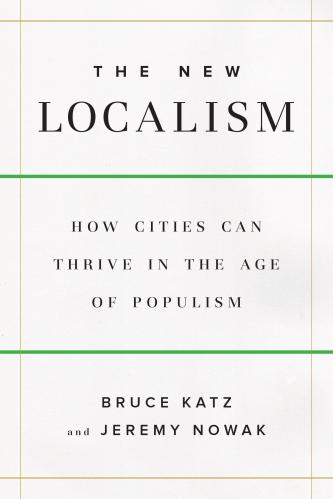
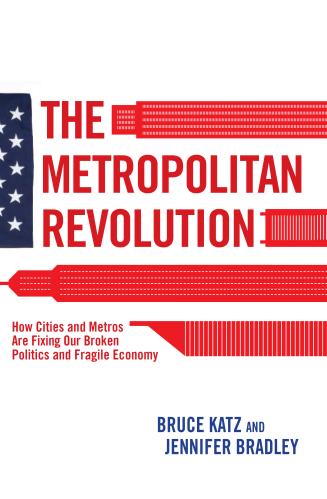

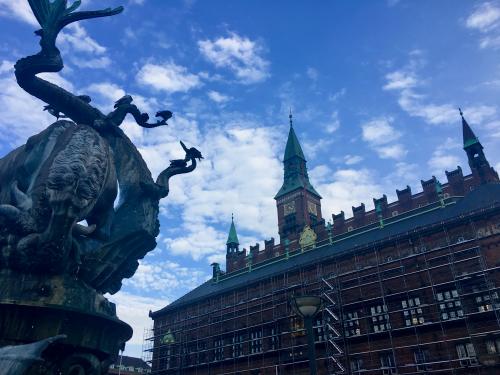
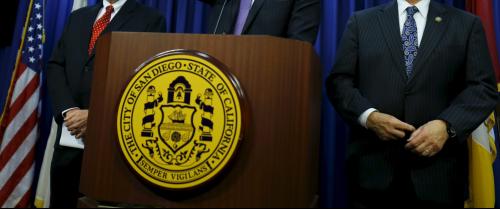




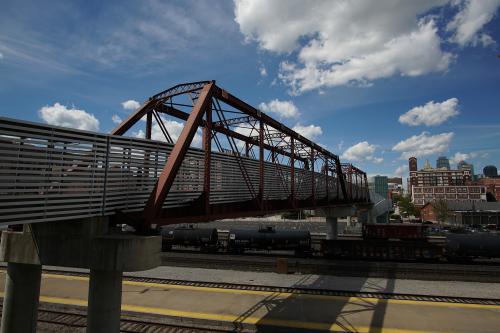
Commentary
Mayoral Powers in the Age of New Localism
December 21, 2017